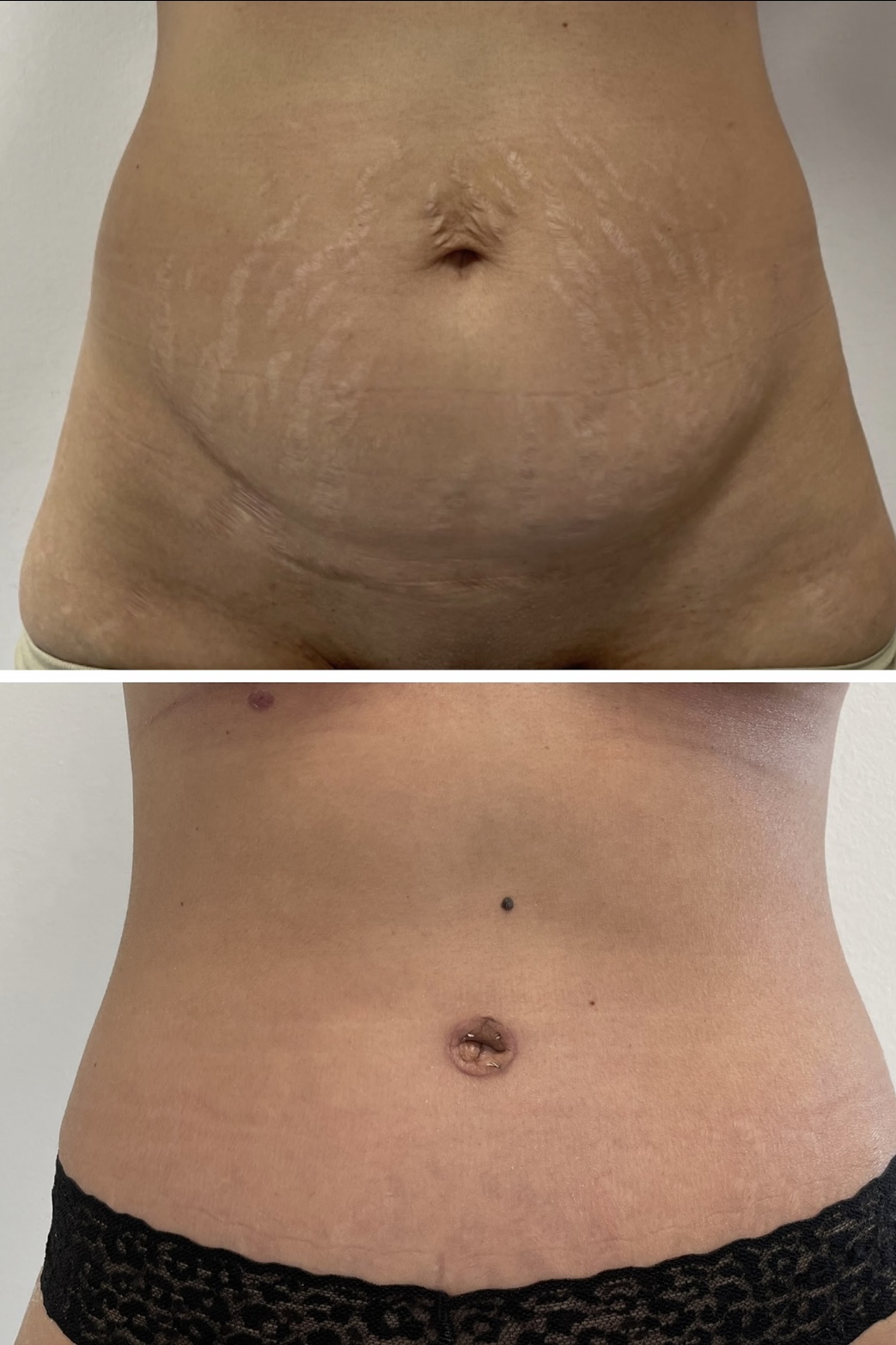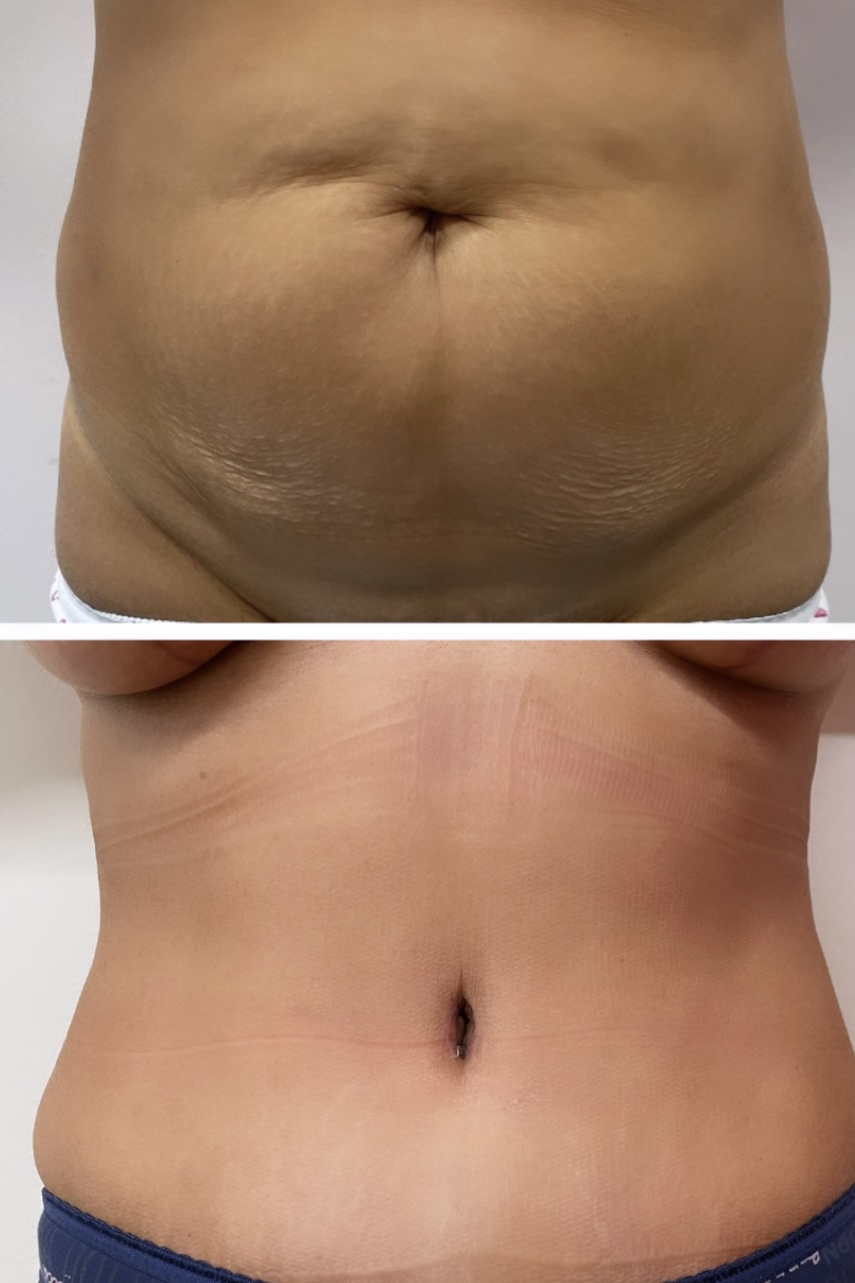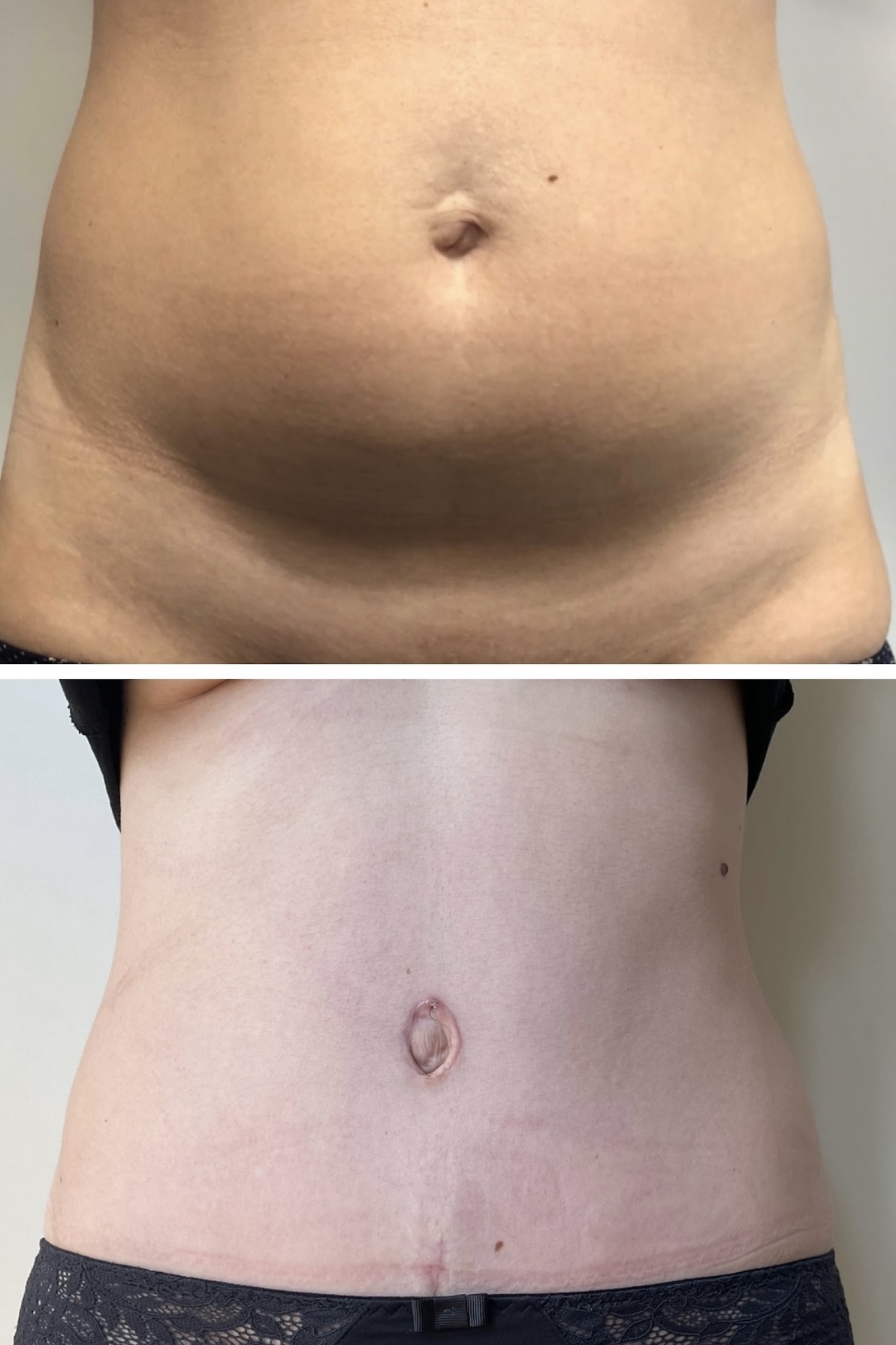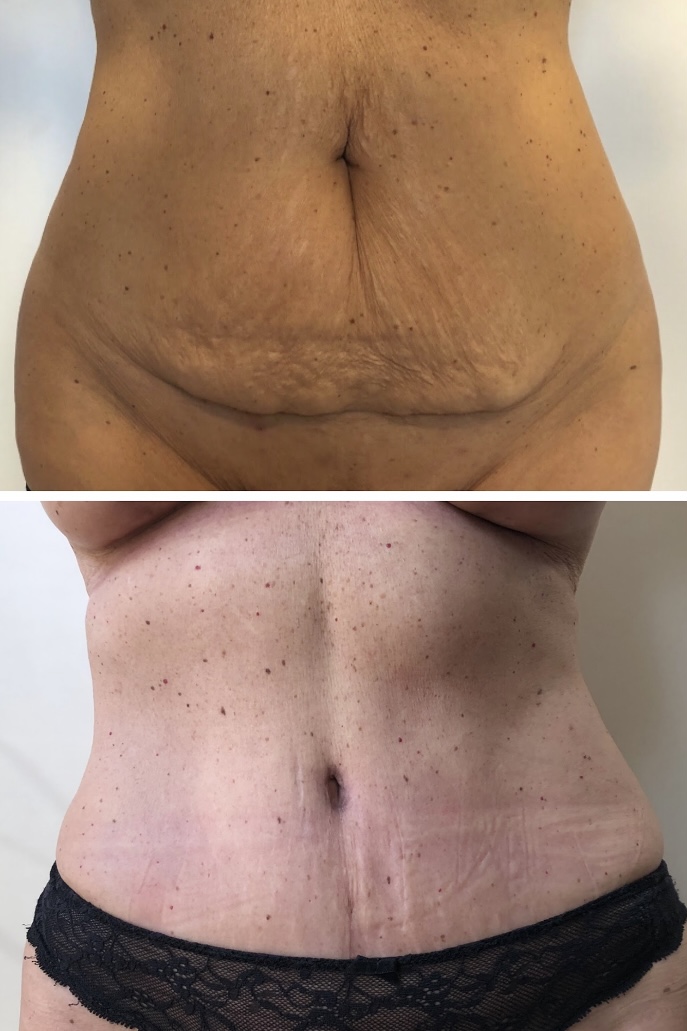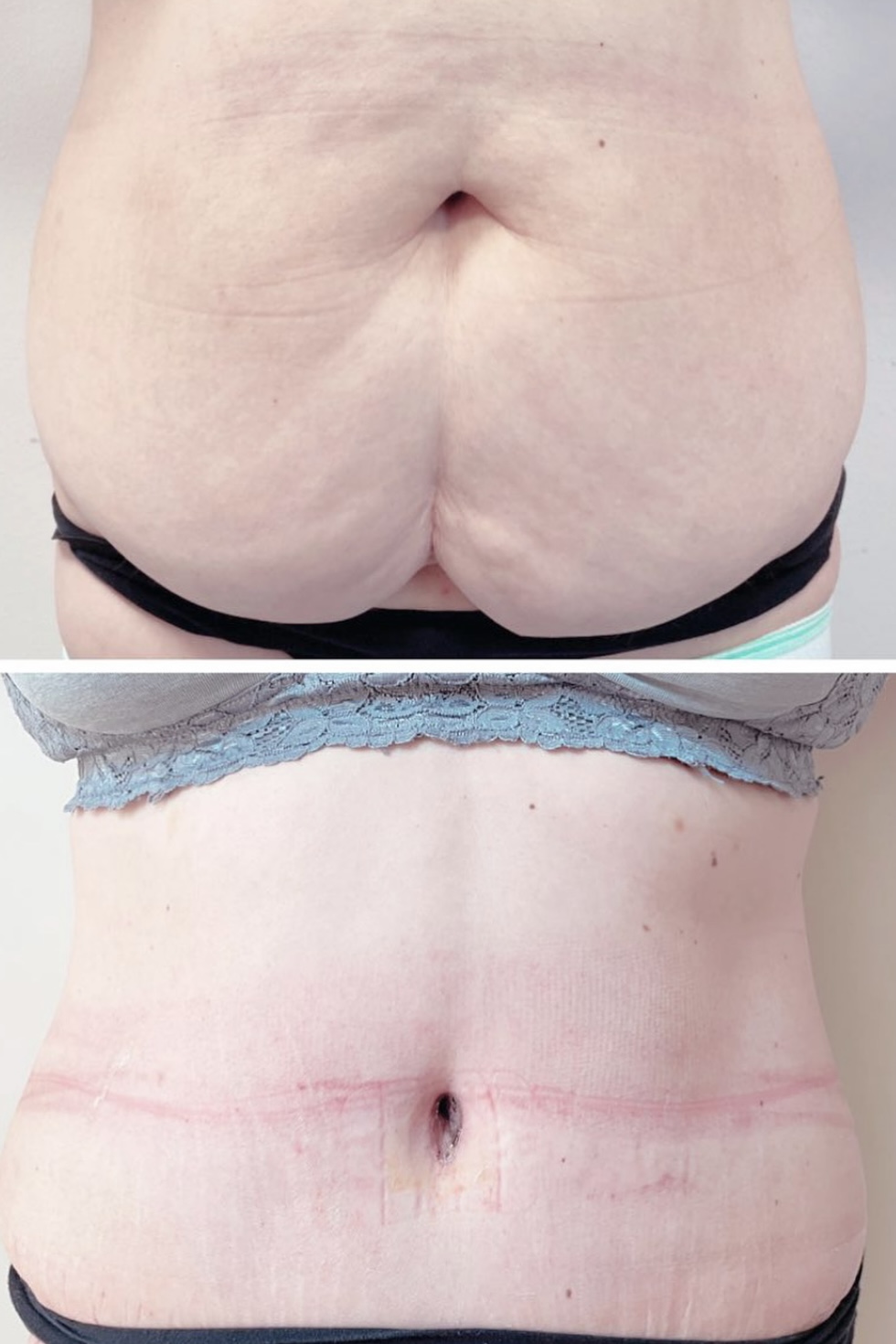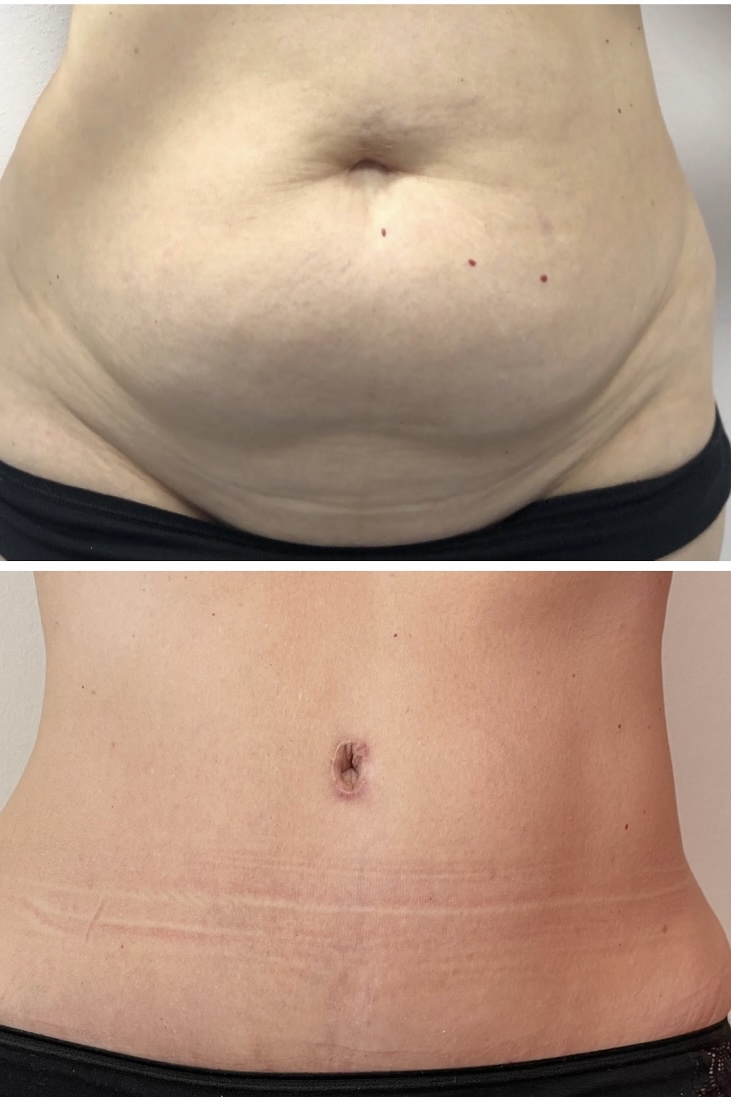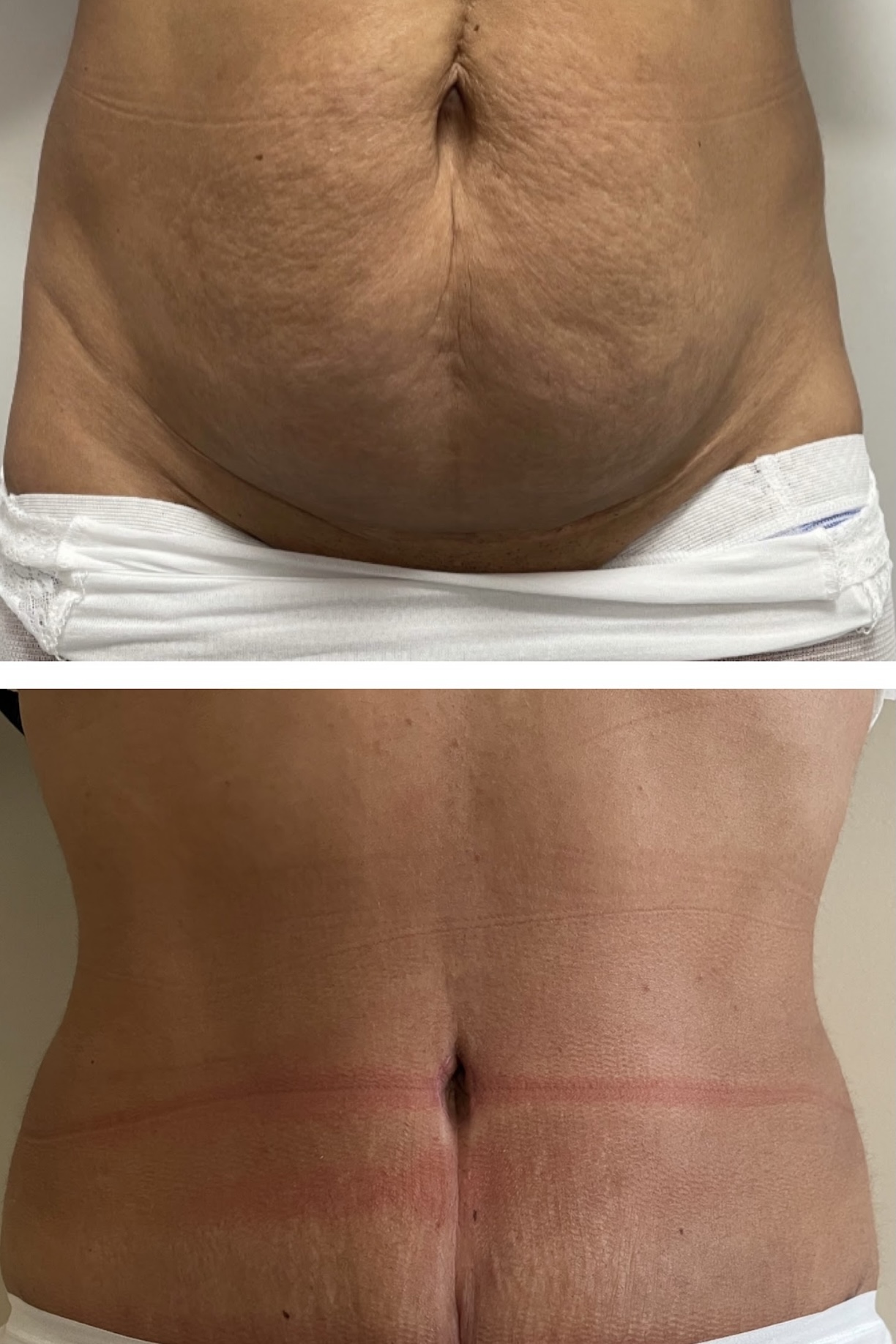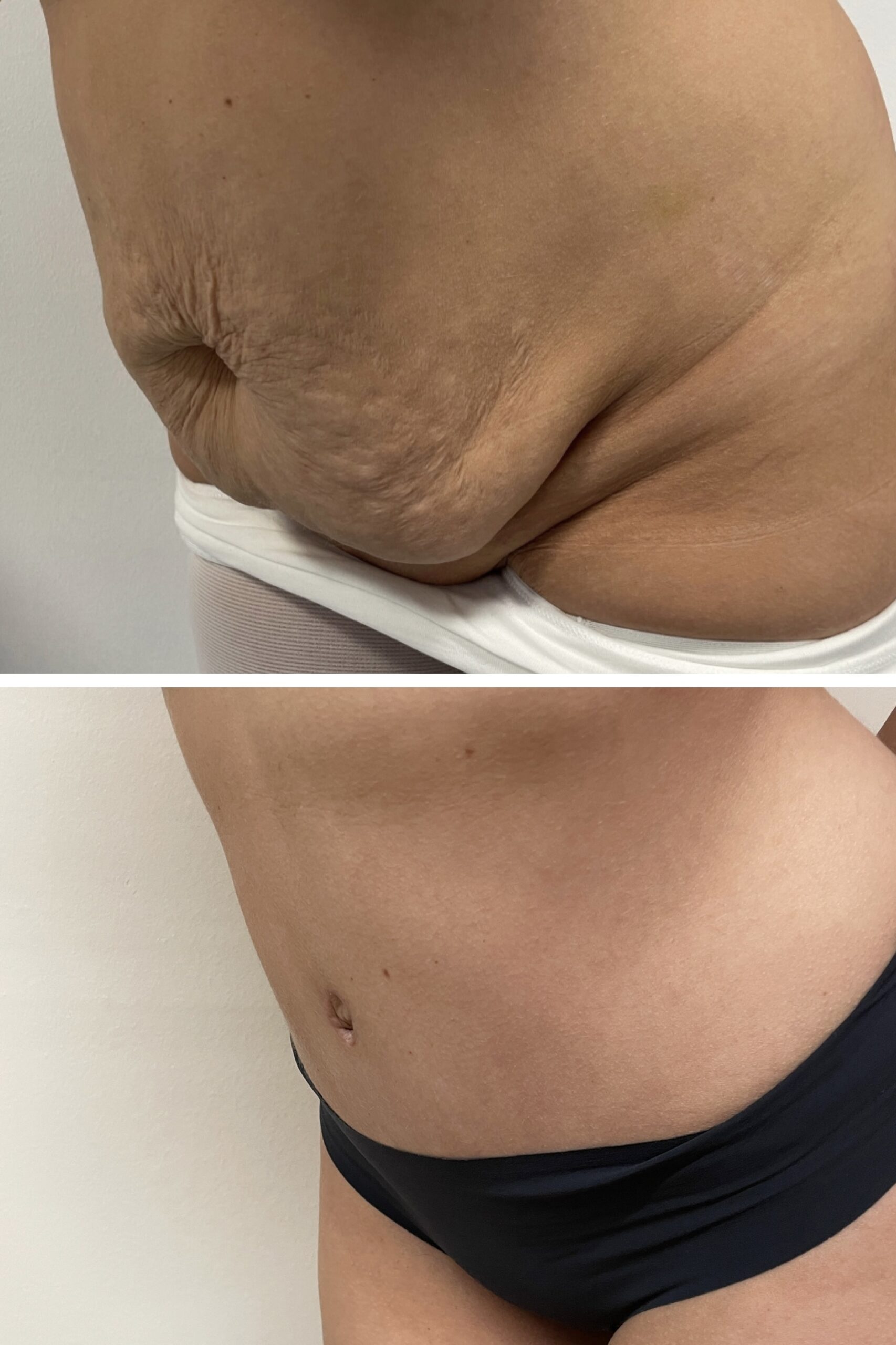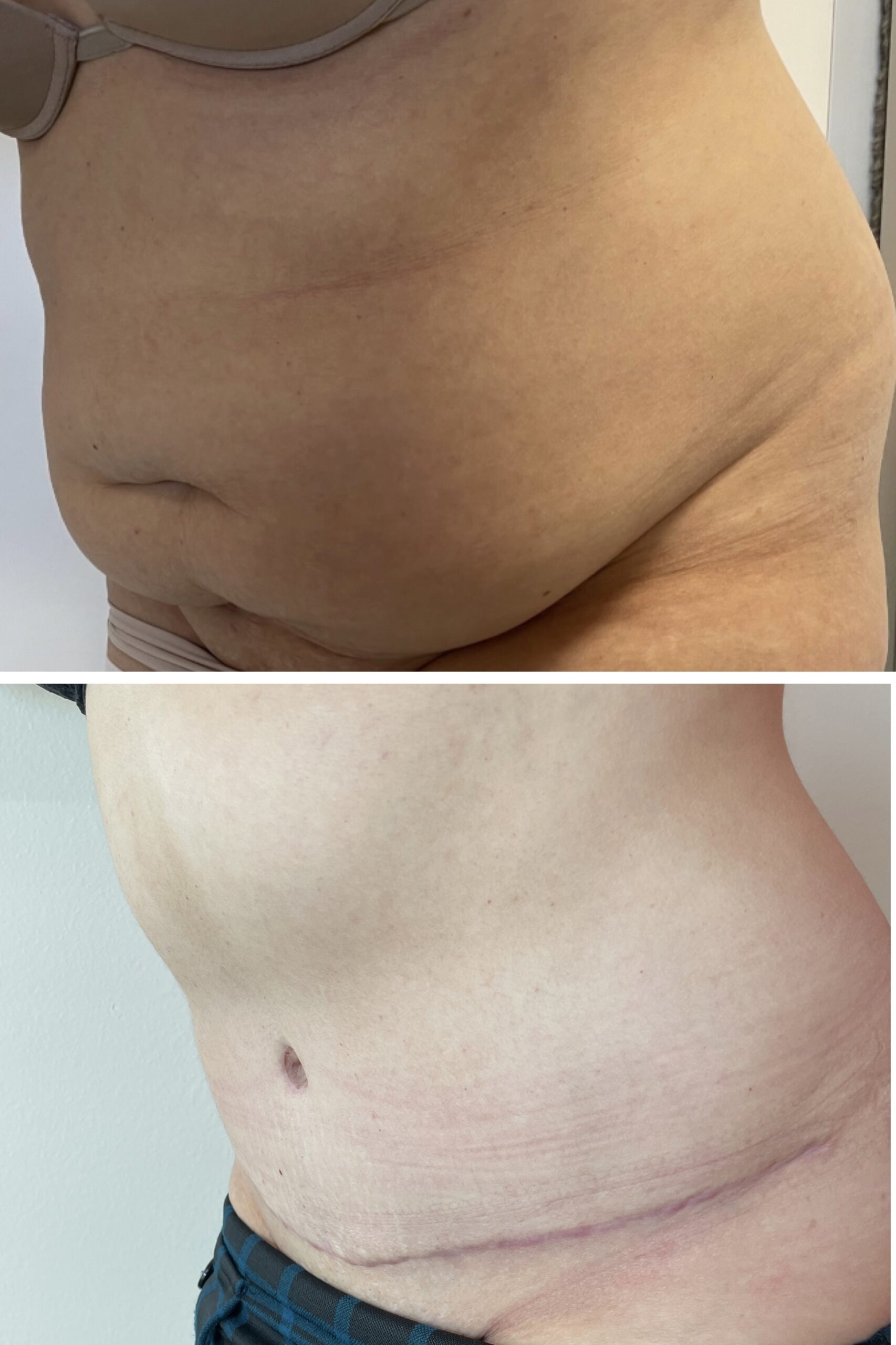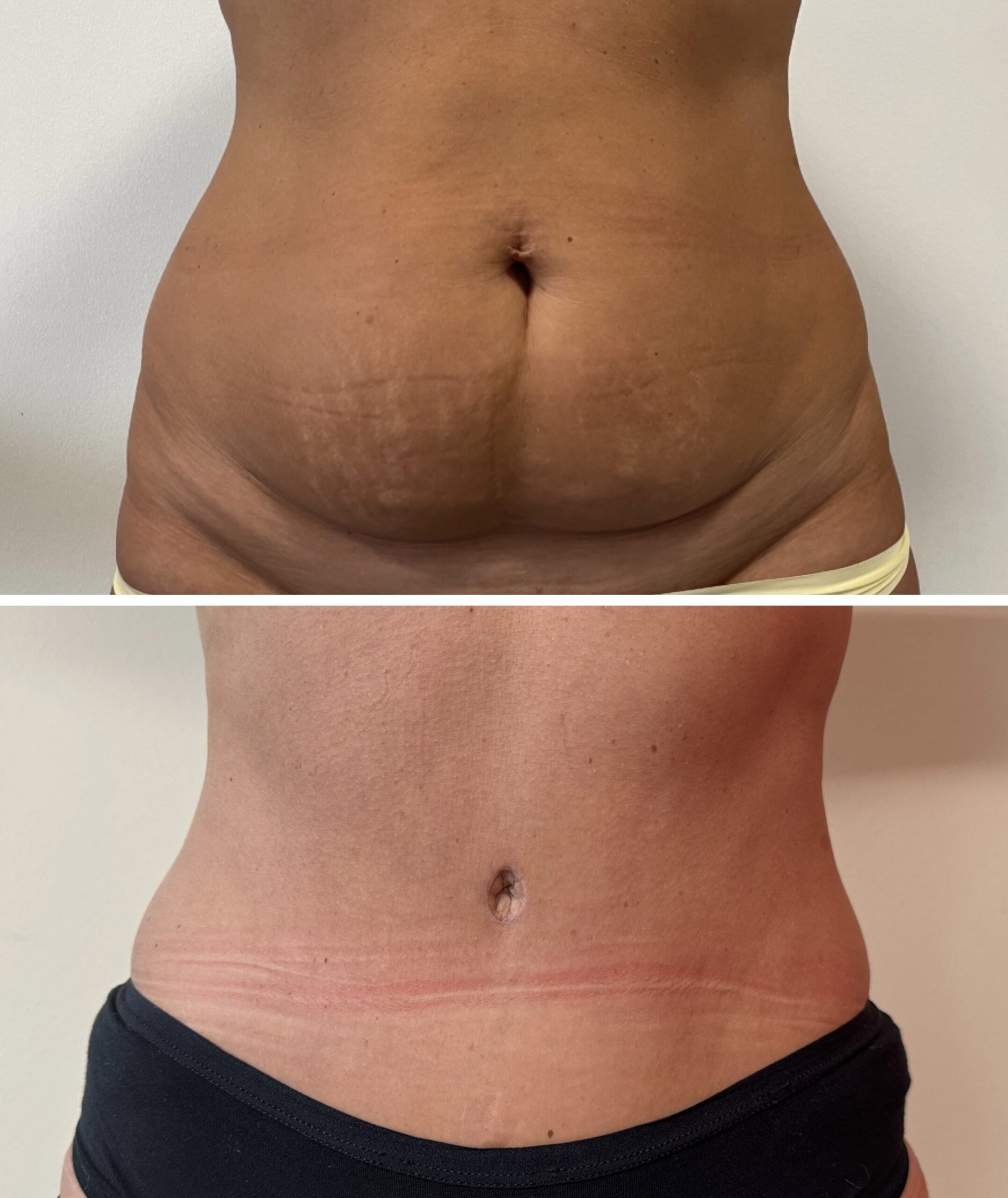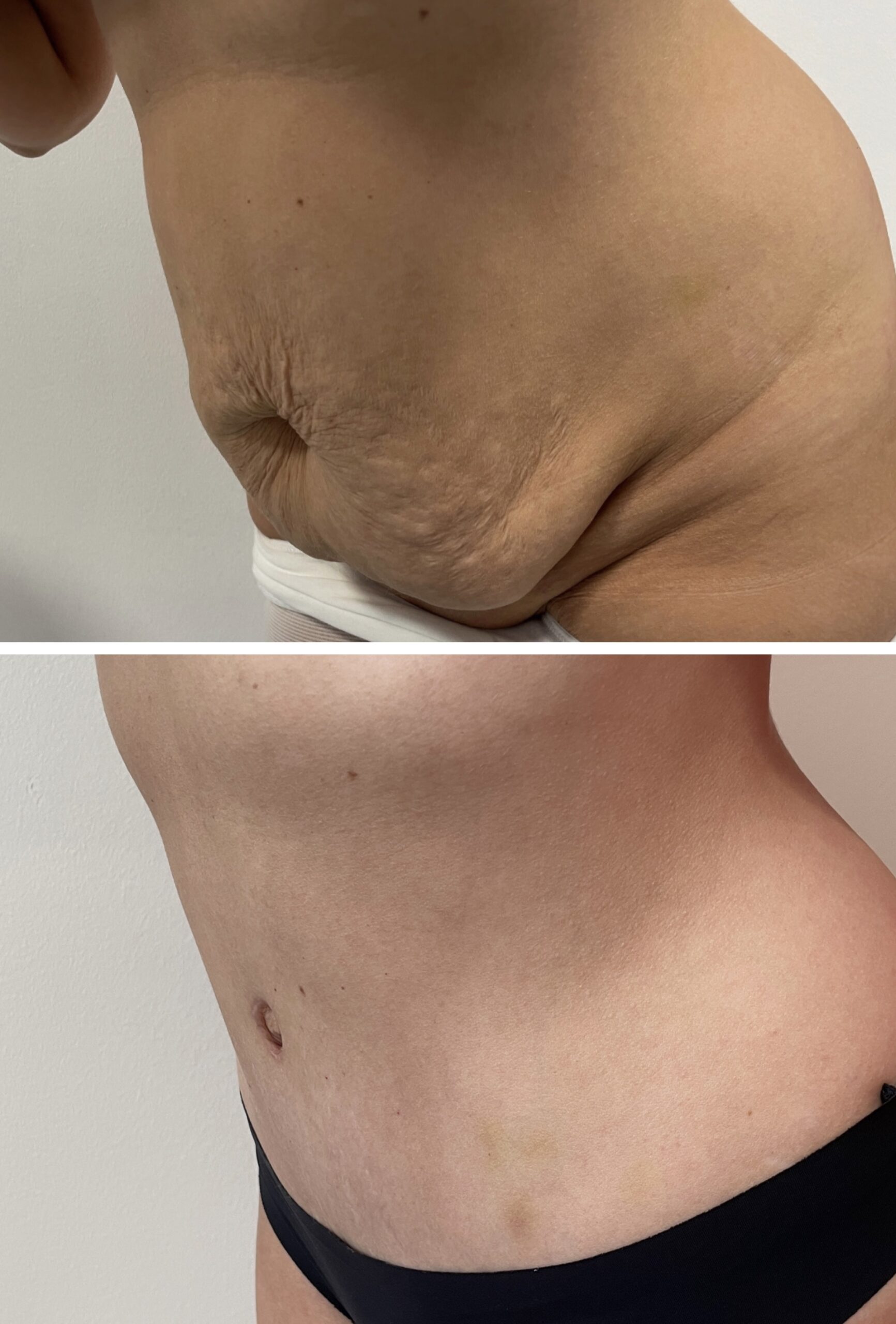Execution: 120 ′
Anesthesia: general
Discharge: same evening or next morning
Back to social: 15 days
Dressings: 5/14 days, 2 months sun exposure
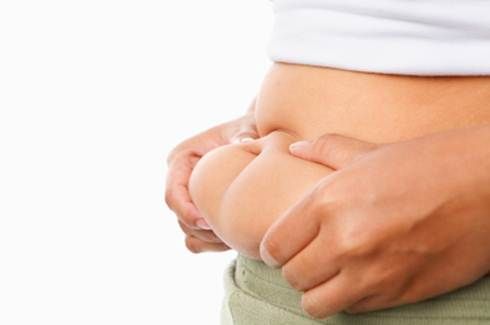
ABDOMINOPLASTY (TUMMY TUCK)
Abdominoplasty (also known as Tummy Tuck) is a surgery aimed at removing excess fat and skin from the middle and lower abdomen. It is indicated in most cases where there is an increase in the amount of skin and fat in the abdominal region above or below the navel, as a result of weight loss or pregnancy, with residual laxity of the skin.
With abdominoplasty, a remodeling of the abdominal muscle wall can also be performed at the same time or corrected any weaknesses in the wall itself. This component is very useful in cases of post-pregnancy or post-weight loss abdominal laxity (diastasis recti) and sometimes involves a profound change in the overall tone of the abdominal region.
It is of fundamental importance to make patients understand that the abdominoplasty is not an alternative surgical maneuver to natural weight loss.
The results that abdominoplasty can give are closely correlated with the amount of tissue to be removed and are all the better the greater the weight loss already obtained naturally.
The access incision is made along a line drawn, in the lower abdomen region, below the front profile of the underwear line and a scar that is not very visible remains. The entire excess adipose-skin is removed and the navel is repositioned correctly. The abdominal wall is remodeled, any enlargements of the muscles are recomposed. Drains remain for 2-4 days, the patient will need to wear an elastic girdle over the dressings for at least 3 weeks after surgery.
POST-OP
The functional recovery must be progressive and prudent and varies from 10 to 30 days for a complete recovery. It may be indicated to combine abdominoplasty with liposuction of the upper and lower lateral quadrants of the abdomen, to limit the length of the scar and harmonize the final result.
Very often a further finishing is carried out with a lipoaspiration of the rear sides to make the result homogeneous on the three axes and to improve the roundness of the sides, extending the benefits that the main intervention brings on the front side to the rear.
In cases where the cutaneous-adipose excess is not so relevant as to indicate a classic abdominoplasty, a mini-abdominoplasty can be used.

